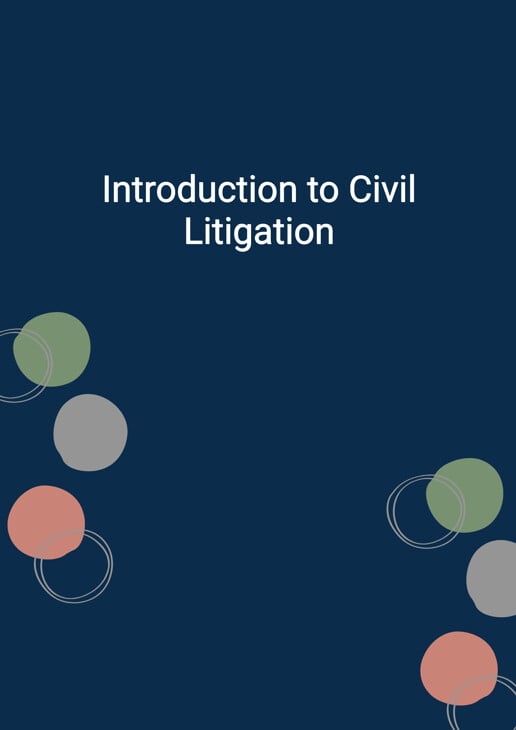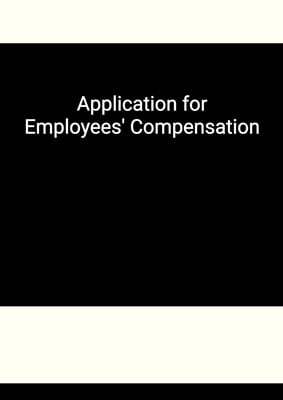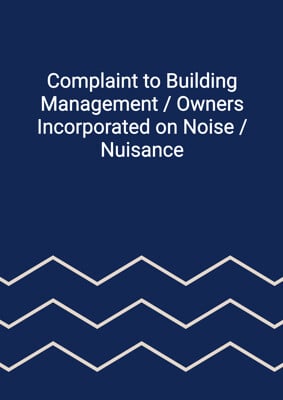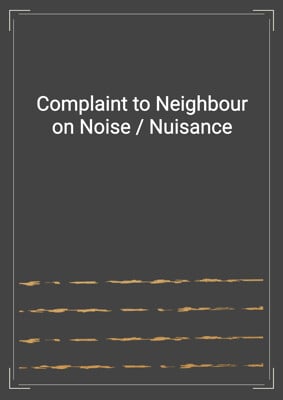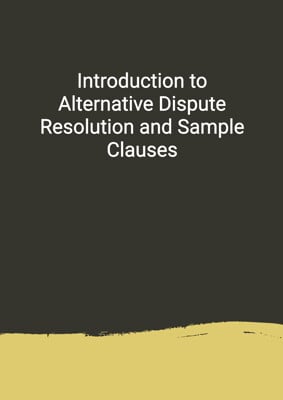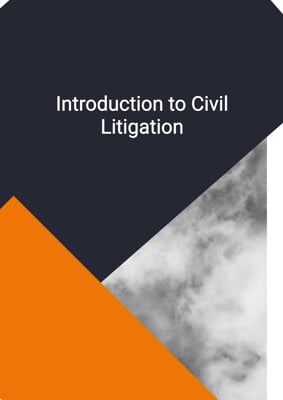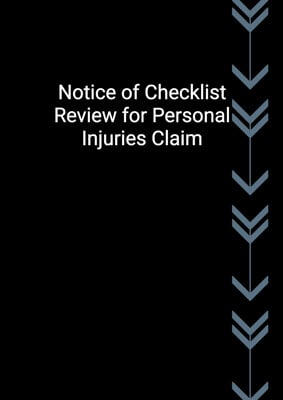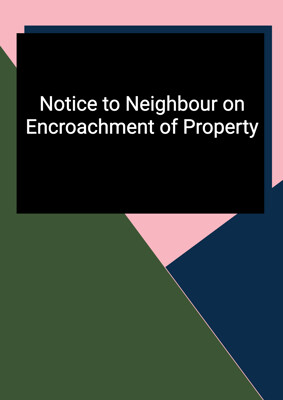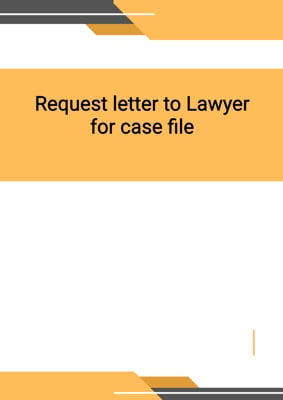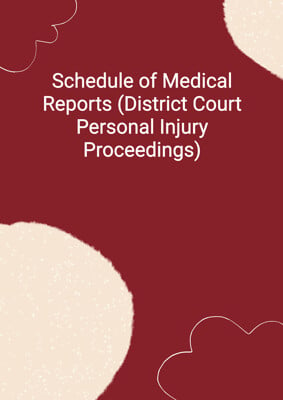How to Tailor the Document for Your Need?
01
Create Document
Click "Create Document" button and the document will be prepared with your account details automatically filled in.
02
Fill Information
Please fill in any additional information by following the step-by-step guide on the left hand side of the preview document and click the "Next" button.
03
Get Document
When you are done, click the "Get Document" button and you can download the document in Word or PDF format.
04
Review Document
Please review the document carefully and make any final modifications to ensure that the details are correct before publication / distribution.
Document Preview
Document Description
A quick reference guide on Civil Litigation in common law jurisdictions.
The guide includes a summary of civil litigation documentation (eg letter before action, writ of summons, statement of claim, notice of writ, affidavit/affirmation, notice to insurer, etc). The guide describes what civil litigation and provides examples of civil action which include:
- contract
- quasi-contract
- tort (including personal injuries claims)
- recovery of land or premises
- claims in equity such as administration of estate of a deceased person, trust, mortgage, specific performance, maintenance of infant, dissolution of partnership, relief against fraud or mistake
distress
- employees’ compensation cases (there is no limit on the amount claimed)
- sex discrimination, disability, race and family status discrimination cases
- matrimonial cases including divorce, maintenance, custody and adoption of children (the Court which handles these types of cases is also known as the Family Court)
It can take a long time to bring a civil case to trial and that most cases do not result in trial. Before a civil case is brought to trial, there may be interlocutory proceedings, held with the purpose of settling some procedural disputes, or dealing with urgent applications to preserve a party's rights. Except in the case of appeals, judicial reviews or applications, a person who commences a proceeding by writ shall be called a ‘Plaintiff’ and a person against whom a proceeding is commenced shall be called a ‘Defendant’.
There are three main ways for the plaintiff to start a civil action:
- engage a lawyer
- seek legal aid (jurisdiction specific)
- bring the Plaintiff’s own proceedings
The guide also covers the locus(standing) of the plaintiff, identifying the plaintiff, statement of claim, writ or originating motion, service and filings, defending a civil action, no defence/settle before trial, trial, appeal and the execution of judgment.
Not the right document?
Don’t worry, we have thousands of documents for you to choose from:
